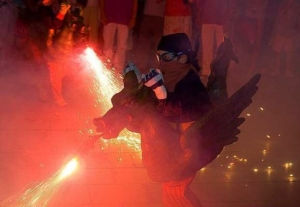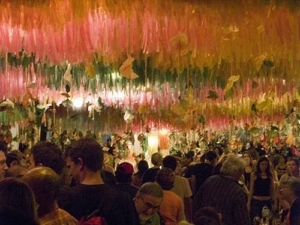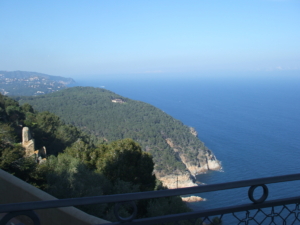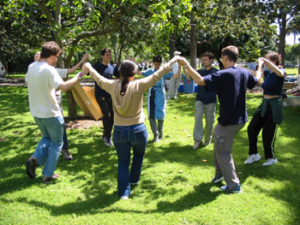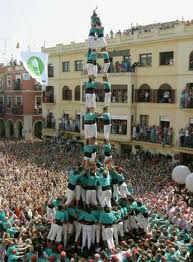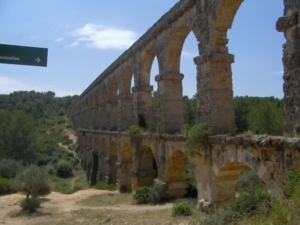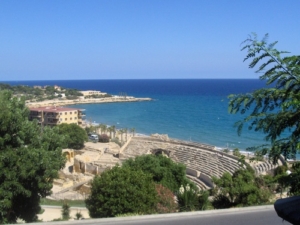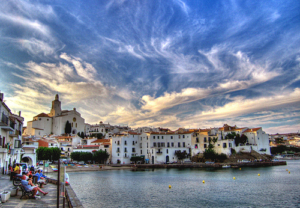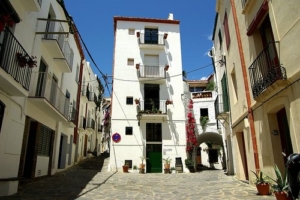The Gràcia neighborhood of Barcelona lights up every year in mid-August for its week-long Festa Major. Every town here has a charming Festa Major during the summer, but as a particularly influential city in Spain and the world, everything about the celebration is done in bigger and more extreme ways. You will find that during the Gracia feast the castells—or human castle competitions–are larger, there are more aisles of fireworks to run through, but the decorations are probably what stand out the most.
Each street is carefully and creatively themed with wild decorations everywhere. The beautiful floral decorations they specialize in are called arte festivo éfimero. Within the decorations visitors find orchestras, games, theater, music, dance and other activities, which combine for one energetic week-long party.
In order to experience the Gracia Festa Major yourself, join us on our private Barcelona Food and Wine Tour to enjoy the most authentic Spanish food, wine and culture in the city.

